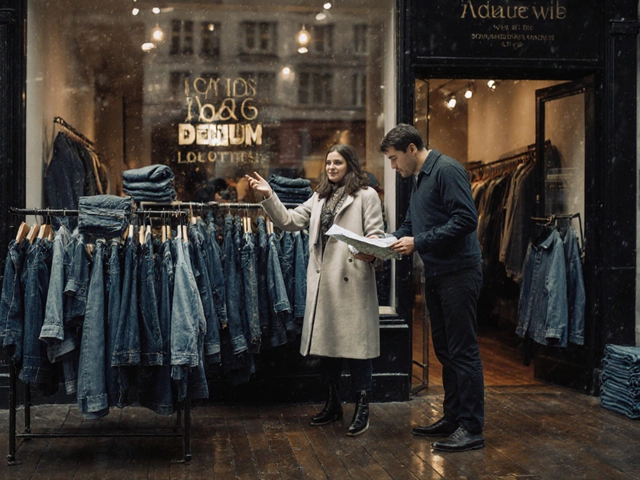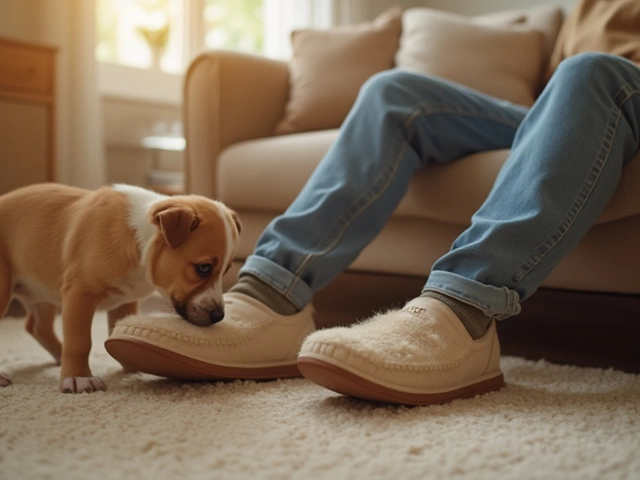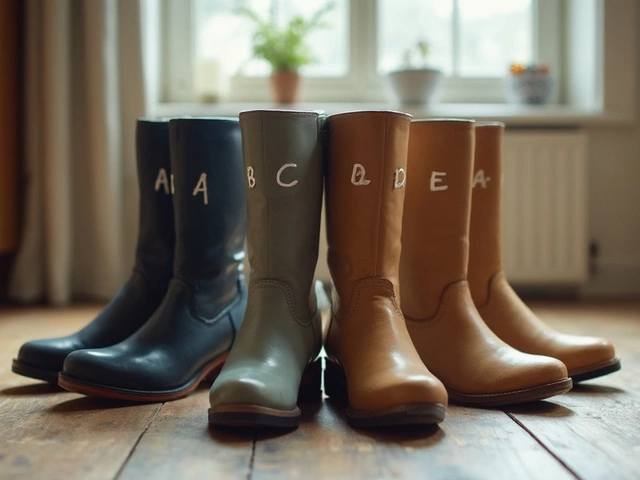Hood Design: How to Create a Look That Stands Out
If you love hoodies or need a custom hood for a jacket, you’re in the right place. A well‑designed hood can take an ordinary piece and turn it into a statement. Below are practical steps you can follow, no design degree required.
Choosing the Right Fabric
The first decision is the material. Cotton feels soft and breathes well, making it great for everyday wear. For colder days, cotton‑blend fleece adds warmth without bulk. If you want a sleek street‑style vibe, try a lightweight polyester or a bamboo‑cotton mix that drapes nicely.
Check the weight: 300‑g‑m² works for a standard hoodie, while 400‑g‑m² gives a heavier feel. Feel the fabric in the store or order a swatch online – it’s the easiest way to avoid surprise shrinkage later.
Getting the Fit Right
A hood that’s too tight will feel uncomfortable, and one that’s too loose looks sloppy. Measure the distance from the back of the neck to the tip of the chin on a piece of clothing that fits you well. Add about 2‑3 cm for seam allowance and you have a solid starting point.
\nDon’t forget the curve. The hood should follow the natural shape of the head, so a slight dip in the center keeps it from looking flat. Many patterns include a “crown” piece – that’s the part that gives the hood its rounded look.
Adding Personal Touches
Custom details make a hood memorable. Simple embroidery, a small leather patch, or a printed logo can turn a plain piece into a brand statement. If you’re crafty, lace‑trim the edge for a vintage feel. Keep the design balanced – a single accent on one side usually works better than a busy front and back.
Color is another easy upgrade. Contrast stitching (like white thread on a navy hood) adds visual interest without extra cost. If you’re feeling bold, try a dip‑dyed hood where the top stays dark and the bottom fades into a lighter shade.
Practical Construction Tips
When you sew, use a double‑needle stitch for the seams – it’s stronger and creates a neat parallel line. Finish the raw edges with a French seam or bias tape to stop fraying. Adding a small “drawstring channel” inside the hood lets you adjust the fit on the fly.
If you’re using a pattern, follow the grain line markings. Cutting the fabric off the grain can cause uneven drape and make the hood look lopsided. Lay out all pieces, pin them carefully, and cut with sharp fabric scissors for clean edges.
Caring for Your Custom Hood
To keep colors fresh, wash inside‑out in cold water. Skip the dryer when possible; air‑drying reduces shrinkage and protects any printed or embroidered details. If the hood gets a bit stiff, tumble it for a few minutes with a clean tennis ball to fluff the fibers.
Store it folded, not hanging, to avoid stretching the seam. A thin garment bag works well if you’re stacking it with other items in a closet.
Designing a hood doesn’t have to be complicated. Pick a comfortable fabric, measure for a good fit, add a personal detail, and sew with care. You’ll end up with a piece that looks great, feels great, and shows off your style in any crowd.

Understanding the Hoodie: The Role and Evolution of the Hood
The hoodie is a staple in modern wardrobes, blending style and function effortlessly. This article explores the hood, a key component that sets hoodies apart, delving into its history, practical use, cultural significance, and design variety. Learn how this piece of clothing transformed from a utilitarian garment to a style icon adored by many. Discover interesting facts and tips on choosing the right hoodie for your personal style.




